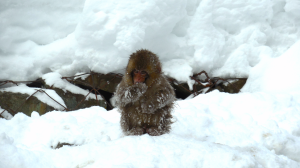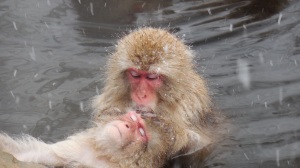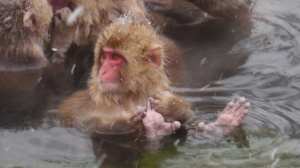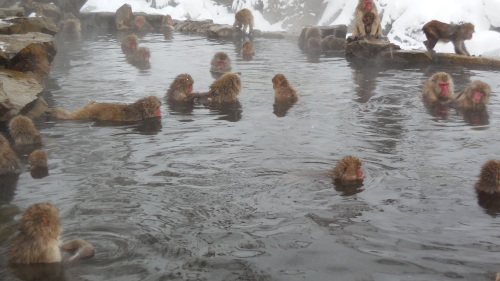Every year in February, more than 2 million people come to Sapporo to celebrate the さっぽろ ゆき まつり.
The festival involves many people from all over the world coming to Sapporo and creating snow and ice sculptures of all shapes and sizes.
Sapporo Snow Festival by numbers:
Number of Visitors (2013) : 2,367,000
Number of Sculptures (2014) : 199
Amount of Snow used: 32,000 tonnes
Many of the people who compete in the snow festival are amateurs, coming from places like Malaysia where there isn’t a lot of snow to practice on!
Some of the teams building their sculptures, using barbed wire, chisels and even chainsaws to carve the sculptures.

Some of the finished products of the smaller sculptures, can you guess which Japanese folk tale the last sculpture is?
As well as lots of smaller sculptures, big companies sponsor the festival and make the main features of the festival. This includes giant snow sculptures of buildings and streets of ice sculptures.
But the best part of the the festival is when they light up the sculptures at night. Every 15 minutes or so, they put on a light show projected on to each of the main sculptures, it was so pretty!
(Sorry the video is not very good quality… my camera died and I had to use my phone!)
Other parts of the Snow Festival… Eating a famous Sapporo lamb dish called Genghis Khan, a park which had been decorated and lit up by the local primary school, and ice sculptures at Lake Shikotsu which were all made using the lake’s water.
And finally… Not a part of the Snow Festival but pretty cool… On my way back to Tokyo I stopped at Zao Onsen to see a natural phenomenon they call ‘Ice Monsters.’
The snow and wind here are just right so that all the trees get covered in snow to make them look like this!










































